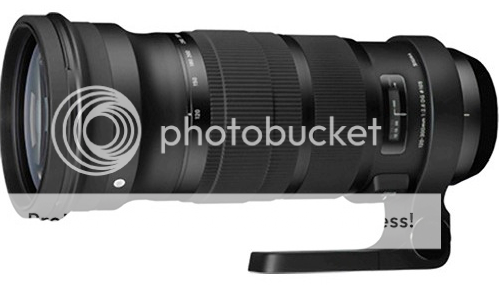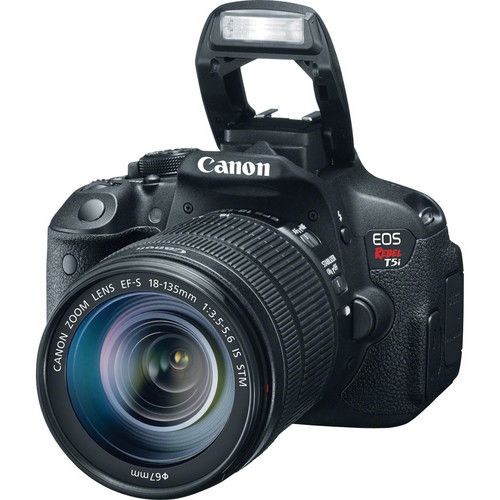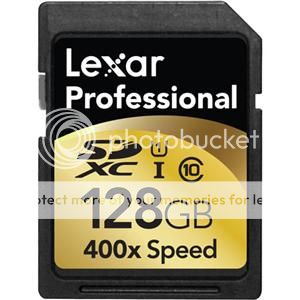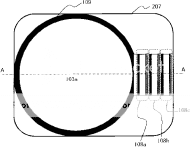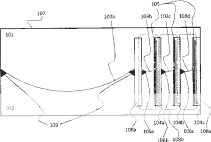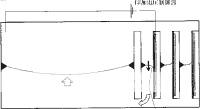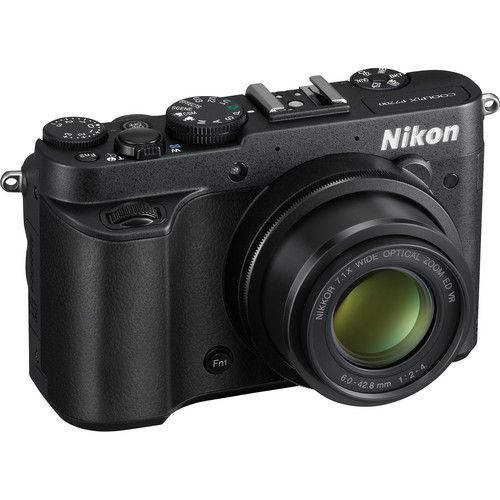

Interesting comparison by photographic authority dpreview.
A head to head comparison of the Canon PowerShot G15 and the Nikon Coolpix 7700, both very popular high end compact cameras for enthusiasts. While it obvious that each one has its strengths and weak points – the G15 has a faster lens (f/1.8) and the 7700 a longer zoom range, just to make an example – the Canon Powershot G15 comes out as the winner – even if with a very small advantage. Let’s see the core specs (taken from B&H‘s product pages)
| PowerShot G15 |
Coolpix 7700 |
| 12.1MP CMOS Sensor |
12.2MP CMOS Sensor |
| 3.0″ LCD Monitor |
3″ Display With 921K Resolution |
| 5x Optical Zoom 6.1-30.5mm Lens |
7.1x 28-200mm Zoom Lens (35mm Equiv.) |
| 28-140mm 35mm Equivalent Focal Length |
f/2.0 Maximum Aperture |
| DIGIC 5 Image Processor |
High-Speed Shooting at Up to 8 FPS |
| 1080p HD Video Capture |
Subject Tracking Auto Focus |
| 12800 ISO |
19 Scene Modes |
| Intelligent IS Image Stabilization |
Full-Size Accessory Shoe for Accessories |
| 10fps Continuous Capture |
In-Camera Creative Special Effects |
| RAW & JPEG Capture |
RAW & JPEG Capture |
In the conclusion, different aspects are considered:
- Design and Handling: While the P7700’s flip-out LCD is appealing, [dpreview thinks] that the G15’s smaller, more rugged body and optical viewfinder give it a slight edge.
- Features: Canon Powershot G15 is winner
- Performance: Canon Powershot G15 is winner
- Movie mode: Coolpix P7700 (thanks to mic input and manual exposure control)
- Image quality: Coolpix P7700 (by a hair)
The final word by dpreview:
The Canon PowerShot G15 narrowly beats the Nikon Coolpix P7700 in our competition here, but it’s a close-run thing. The G15 offers a fast lens, very good image quality, a compact yet solid body, snappy performance, and plenty of manual controls. And then there’s the optical viewfinder which, while not great, is better than nothing. About the only things on our wish list are an articulating LCD display (like on previous models), faster frame rates in movie mode, and a bit sharper images, though the latter is subjective.
The Canon Powershot G15 gets a Gold Award (76%), the Nikon Coolpix 7700 a Silver Award (75%).
Canon PowerShot G15 price check: B&H Photo, Adorama, Amazon USA, Amazon Canada, Canon Canada, Canon USA
Nikon Coolpix 7700 price check: B&H Photo, Adorama, Amazon USA, Amazon Canada, Canon Canada, Canon USA
[via dpreview]

